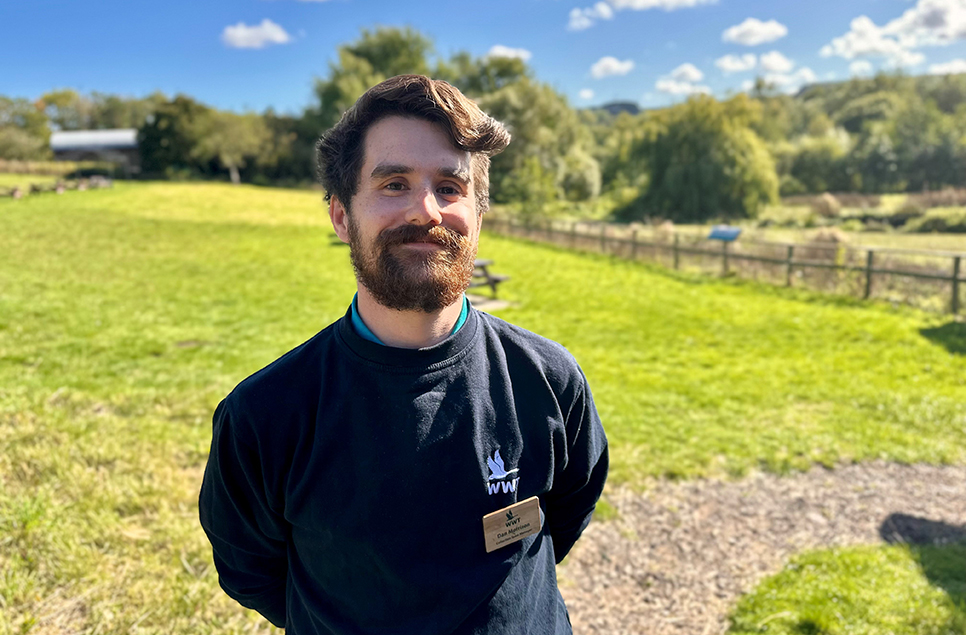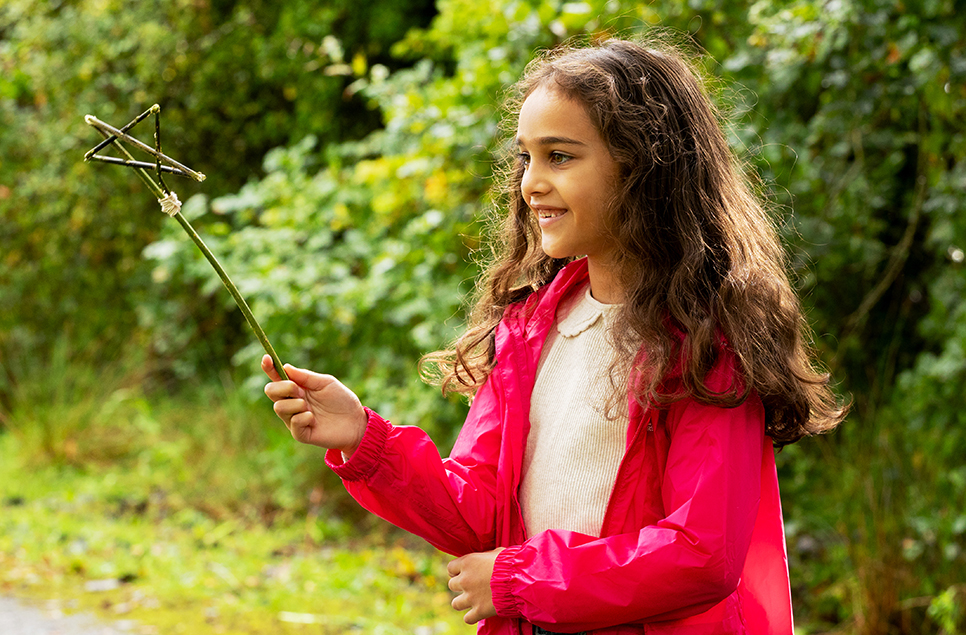Celebrating spring migration this World Migratory Bird Day
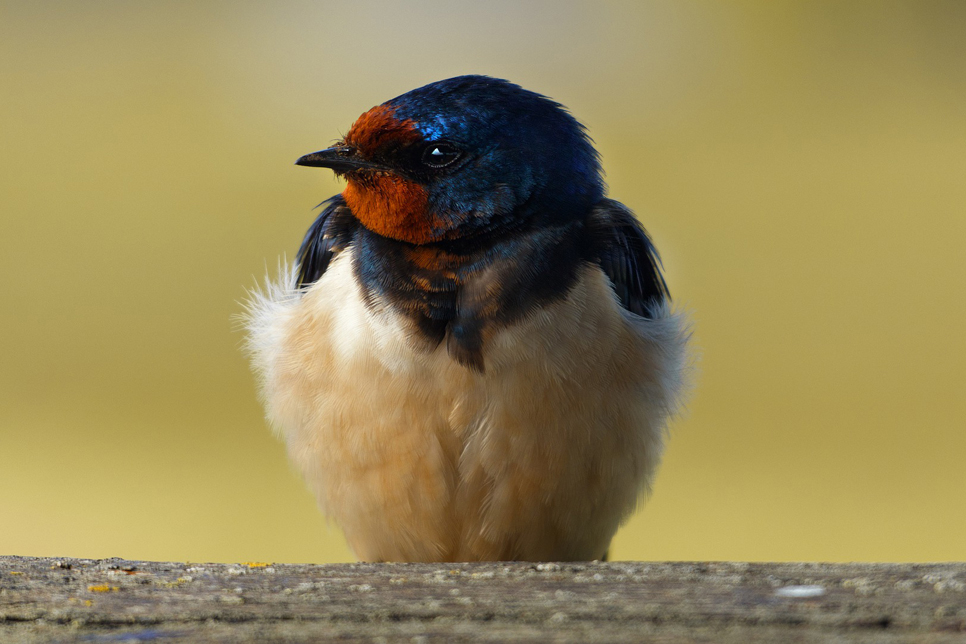
Spring migration is a fantastic time of year to explore nature and soak up the species that visit us during the warmer months
Many bird species reliably visit the same spots every year and make for fantastic subjects for photography, as well as offering mindful moments just to watch and listen. They don't all arrive en masse on the same day, but rather arrive steadily over a longer period of time.
Birds often come to the UK to breed in the cooler climate in comparison to the countries they spend the winter months, such as north Africa or parts of south Europe. Read about some of the key species that visit our wetlands and woodlands each spring and summer, with hints on where to look and listen for them:
Avocet
One of the most notable species we get to our reserve during the spring and summer months, and the earliest to arrive in late February is the graceful avocet. Their up-turned bill and bright black and white plumage help them stand out while wading on Wader Lake. This amber-listed species breed on shingle islands so look out for their young hatching from late May-early June time.
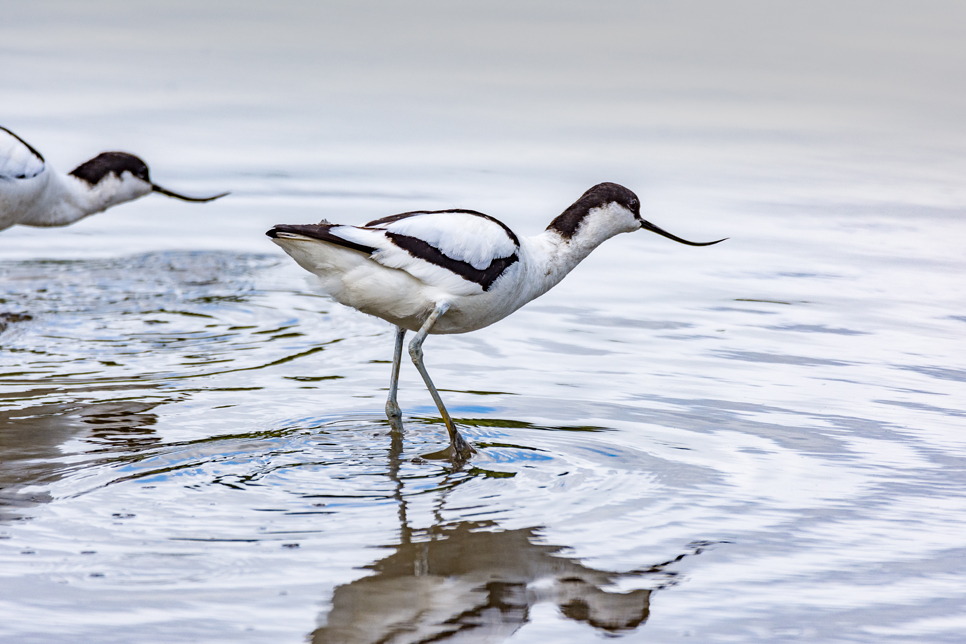
Chiffchaff
Often one of the first warbler species to return, chiffchaff can be heard all around site, with notable tones coming from Wader Lake footpath. They spend the cooler months in Spain or as far as North Africa.
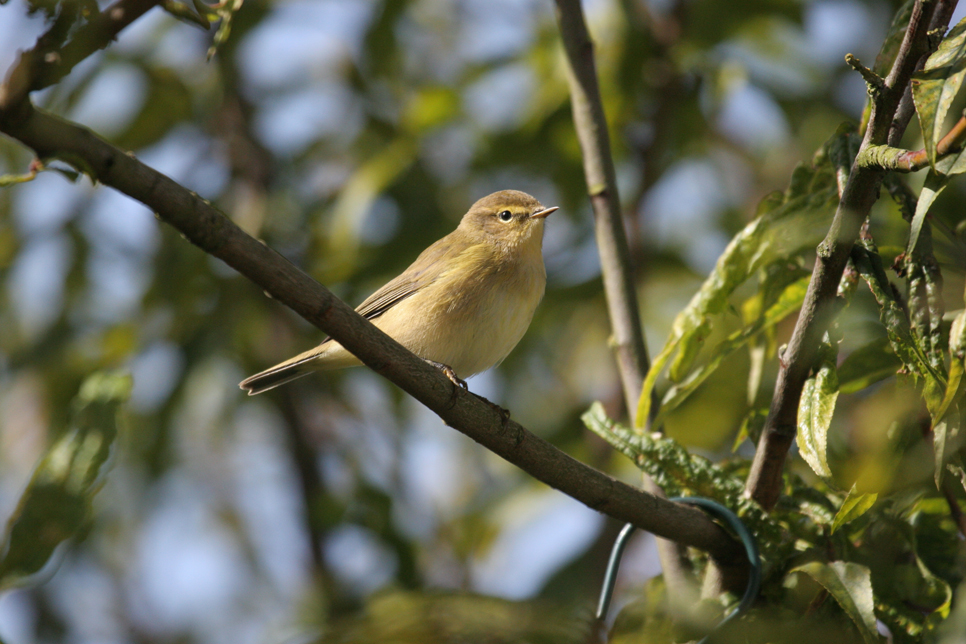
Sedge warbler
Amber-listed sedge warblers winter in Africa, visiting us from May time. Head to the reedbed shelter where their noisy warble can be heard among the reeds. If you catch a glimpse, they're the ones with the noticeably darker cap and bright eye stripe.
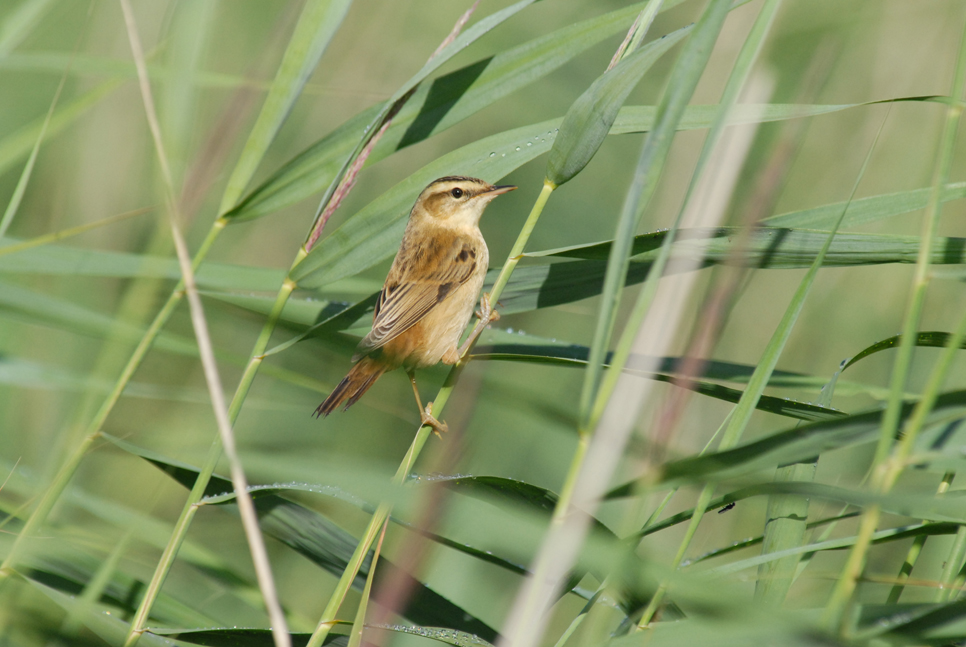
Whitethroat
With around one million of these birds visiting the UK each summer, whitethroat, as their name suggests, have noticeable white plumage around their throat and a long flicking tail. They are incredibly vocal, perching high in shrubs and trees around the amphibian ponds and paths of Wader Lake to entertain visitors with their scratchy song!

Swallow
The glorious silhouette of swallow fill the skies with their graceful fork tails and fleeting flight. Visiting from Africa and many other southern regions, they can often be seen nesting around buildings, with some favouring our tool shed to raise their young. Watch out over Wader Lake as they catch their prey on the wing.
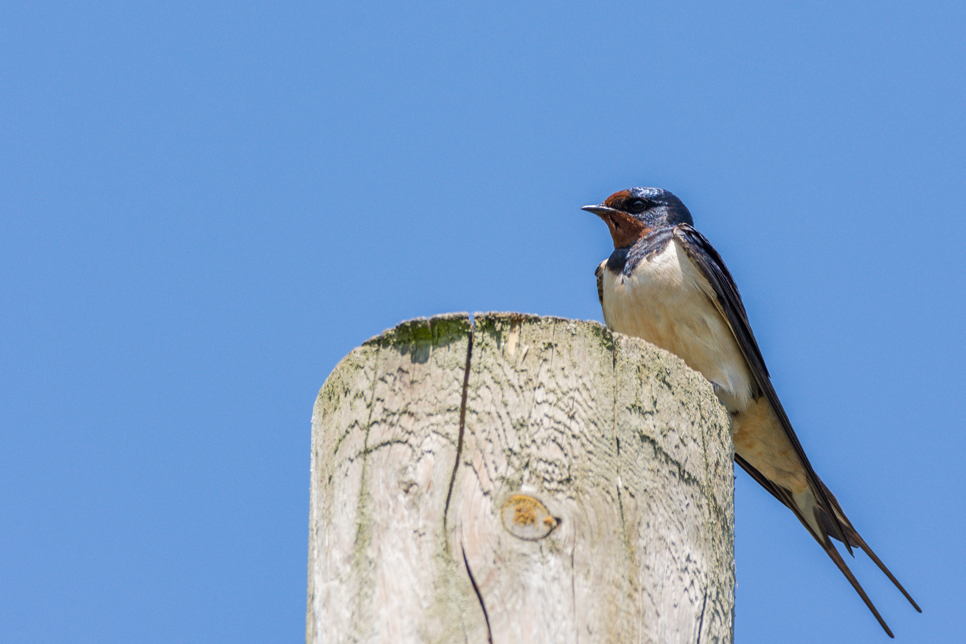
Sand martin
Also travelling from parts of Africa, sand martin are the smallest European hirundines (swallow and martin species). They are brown in colour with short tails and like swallows, they too are incredibly agile, feeding in flight over the surface of Wader Lake.

Common tern
These masters of aerobatics have one of the longest migrations of all birds, travelling an average of 35,000km every year. They visit from parts of Africa, South America and South-east Asia to the UK. At Washington, common tern can mostly be found on Wader Lake with others using the river Wear for fishing. The sheer sound of their 300+ numbers make for a fantastic experience!
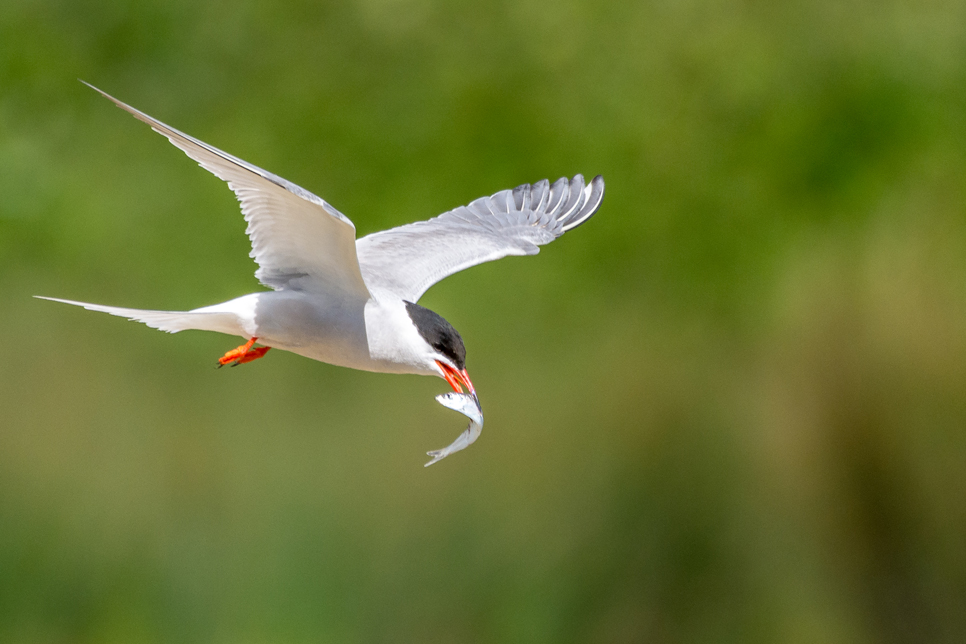
Ready to visit?
If you've been inspired to explore Washington Wetland Centre and see spring migration at its best, find out more and plan your visit online.
Plan your visit
